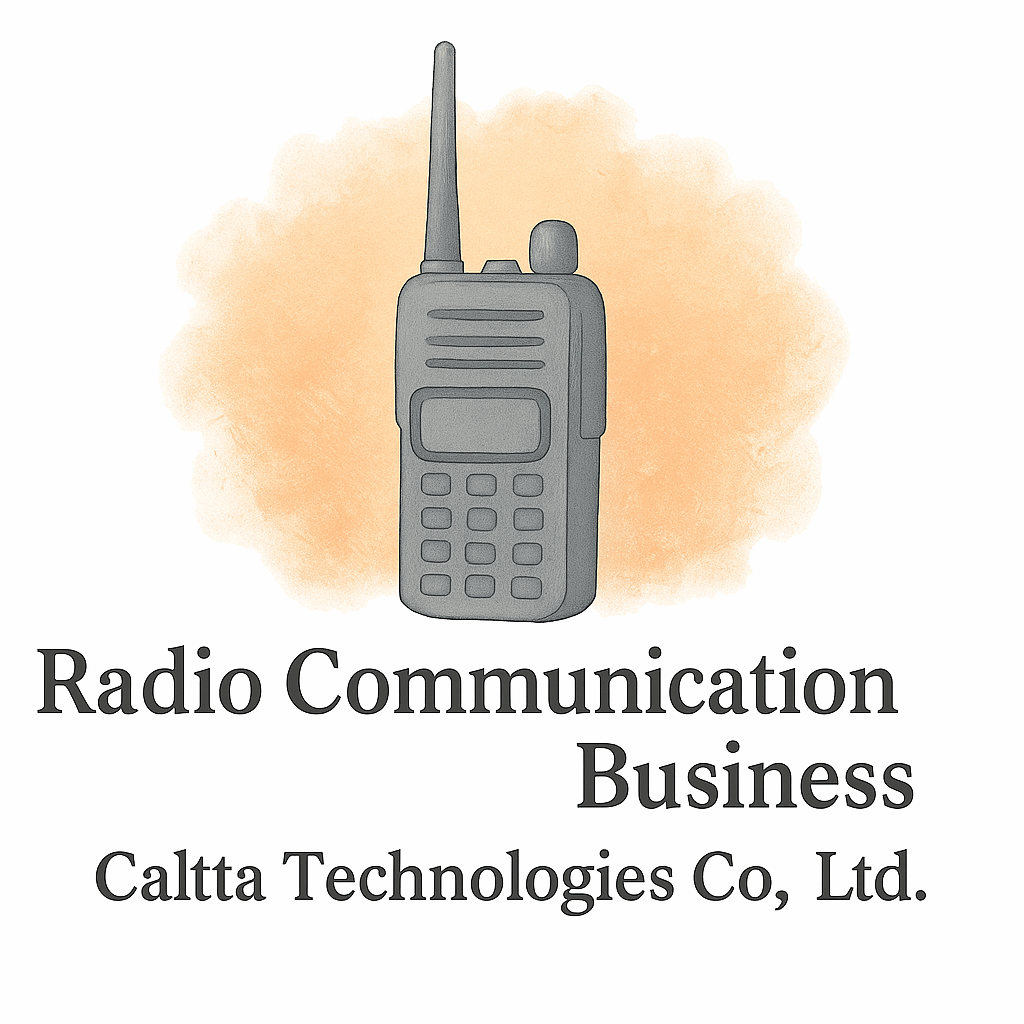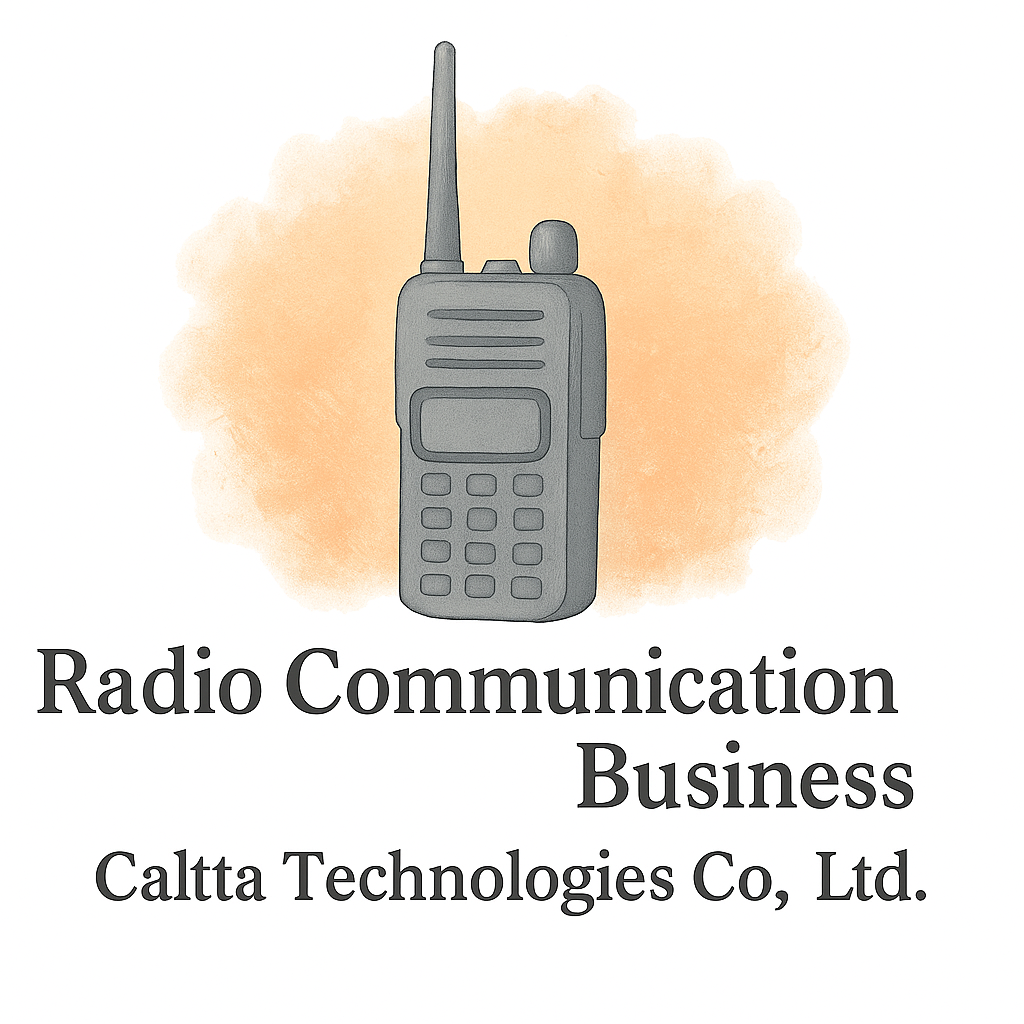Introduction: Why Digital Radio Communication Devices Are Evolving
If you think walkie-talkies are a thing of the past, think again. Today’s digital radio communication devices have taken a giant leap forward, offering features that go way beyond just pushing a button and talking. With advances in equipment and technology (see details), industries like security, construction, logistics, and even event management are reaping the benefits of new innovations.
In this post, we’ll break down the 6 new features of digital radio communication devices, why they matter, and how they can reshape the way businesses stay connected.
Feature 1: Enhanced Audio Clarity
Crystal-clear sound isn’t just a luxury—it’s a necessity when lives or business operations are on the line.
How Digital Noise Cancellation Works
Modern radios use digital noise-canceling technology to eliminate background sounds like wind, engines, or crowd noise. That means whether you’re on a noisy construction site or at a crowded conference (events), your voice comes through loud and clear.
Benefits for Critical Communication
This clarity isn’t just convenient—it ensures instructions aren’t misheard, reducing costly mistakes and improving safety compliance (compliance guide).
Feature 2: Extended Battery Life
Old analog radios often left workers scrambling for chargers halfway through a shift.
Power-Saving Technology in Modern Devices
Thanks to smarter battery management, digital radios can last an entire day—or even longer—without needing a recharge. This is especially useful for industries working long hours in the field.
Practical Impact on Field Operations
Think about it: a security team covering a 12-hour event or field workers at remote sites no longer have to lug around spare batteries. That’s not just cost-saving (budget tips), it’s also stress-saving.
Feature 3: Integrated GPS and Location Tracking
Today’s devices aren’t just for talking—they’re for tracking.
Real-Time Tracking for Safety and Efficiency
Many new digital radios come with built-in GPS, letting supervisors monitor team members in real time. If someone strays off course or needs assistance, help can be sent quickly.
Applications in Business and Emergency Services
From delivery drivers to emergency responders, having GPS integrated into a communication device reduces the need for separate tracking tools. That’s a win for business setup efficiency (startup basics).

Feature 4: Secure Encryption for Privacy
Gone are the days of intercepted radio chatter.
Why Encryption Matters in Digital Radio
Businesses now handle sensitive data on the move. New radios offer end-to-end encryption, protecting against eavesdropping or data leaks.
Compliance with Regulations and Industry Standards
In industries with strict regulation requirements (read more), encrypted radios help companies stay compliant while safeguarding their communications.
Feature 5: Connectivity with Other Smart Devices
Radios are no longer stand-alone gadgets.
Integration with Smartphones and Tablets
With Bluetooth and Wi-Fi connectivity, digital radios can now sync with smartphones, tablets, and even laptops. This creates a seamless communication ecosystem where voice and data merge.
Future Possibilities with IoT and Smart Tools
Imagine a radio linked to IoT sensors, reporting equipment malfunctions in real time. This is where industry insights (learn more) show digital radios are headed—smart, connected, and always online.
Feature 6: Advanced User Interfaces and Customization
No more bulky knobs and confusing buttons.
Touchscreen and Voice Command Features
Some models now come with touchscreen interfaces and even voice recognition. That means hands-free operation—perfect for entrepreneurs and professionals in fast-paced environments.
Custom Settings for Industry-Specific Use
From construction crews to event planners, radios can now be customized with dedicated channels, alerts, and shortcuts that fit unique industry needs (tools and hacks).
Comparing Old vs. New Digital Radio Devices
If analog radios were like flip phones, today’s digital communication devices are like smartphones. Better audio, longer battery, smarter tracking, stronger security, and connectivity features set them apart.
Why Businesses Are Adopting Digital Radio Technology
Cost-Saving Benefits
Upgrading might feel expensive upfront, but modern radios reduce downtime, improve efficiency, and help cut long-term costs (cost-saving insights).
Avoiding Common Mistakes in Implementation
One mistake businesses make is skipping proper financial planning (learn more) or failing to train staff. Don’t make that mistake—planning and training are as important as the tech itself.
Future Trends in Digital Radio Communication
AI-Driven Features
Artificial intelligence could soon make radios smarter—automatically adjusting volume based on noise levels or even transcribing conversations.
Integration with 5G and Beyond
Faster networks mean faster communication. Expect radios to integrate with tech trends (explore here) like 5G, opening doors to high-speed data exchange.
How to Choose the Right Digital Radio Device
Budget Considerations
Start by identifying what you can spend. Not every feature may be necessary for your business. Balancing needs with costs helps avoid overspending (budget guide).
Equipment and Technology Insights
Read industry insights (click here) and explore product specs to match the right device with your team’s actual requirements.
Conclusion
Digital radios are no longer just “walkie-talkies.” With enhanced audio clarity, longer battery life, GPS tracking, encryption, connectivity, and advanced interfaces, these devices are transforming how teams stay connected. For businesses and entrepreneurs, adopting these innovations means better safety, efficiency, and long-term savings. The 6 new features of digital radio communication devices are proof that communication tools are evolving—and your business shouldn’t be left behind.
FAQs
- What is the biggest advantage of digital radio communication devices?
The biggest advantage is their clarity, reliability, and ability to integrate with other smart devices. - Are digital radios expensive compared to analog ones?
They cost more upfront but save money long term through efficiency and cost-saving features. - Can digital radios work with smartphones?
Yes, many models now connect seamlessly with smartphones and tablets. - Why is encryption so important in digital radios?
It protects sensitive communications and ensures compliance with law and regulation (learn more). - Do digital radios need internet access?
Not always. Many features work offline, but advanced functions like integration may need Wi-Fi or 5G. - How do I know which digital radio is best for my business?
Consider your budget, compliance needs, and industry-specific tools (explore tools). - Will analog radios become obsolete?
Over time, yes. Digital radios offer too many advantages in technology, cost savings, and features to ignore.


